(Last updated on 24/03/2025)
Llerena is a small town located in the Campiña Sur area of Badajoz province. It’s a place of southern charm, with whitewashed facades lining its streets and beautiful examples of religious and civil architecture; it also has one of my favourite squares in Extremadura. Llerena makes for a great day trip from Zafra, Mérida and even from Seville.
This destination mini-guide covers what you need to know before visiting Llerena – from what to see and do to practical info and personal tips on things like how to get there, where to stay, or when to go.
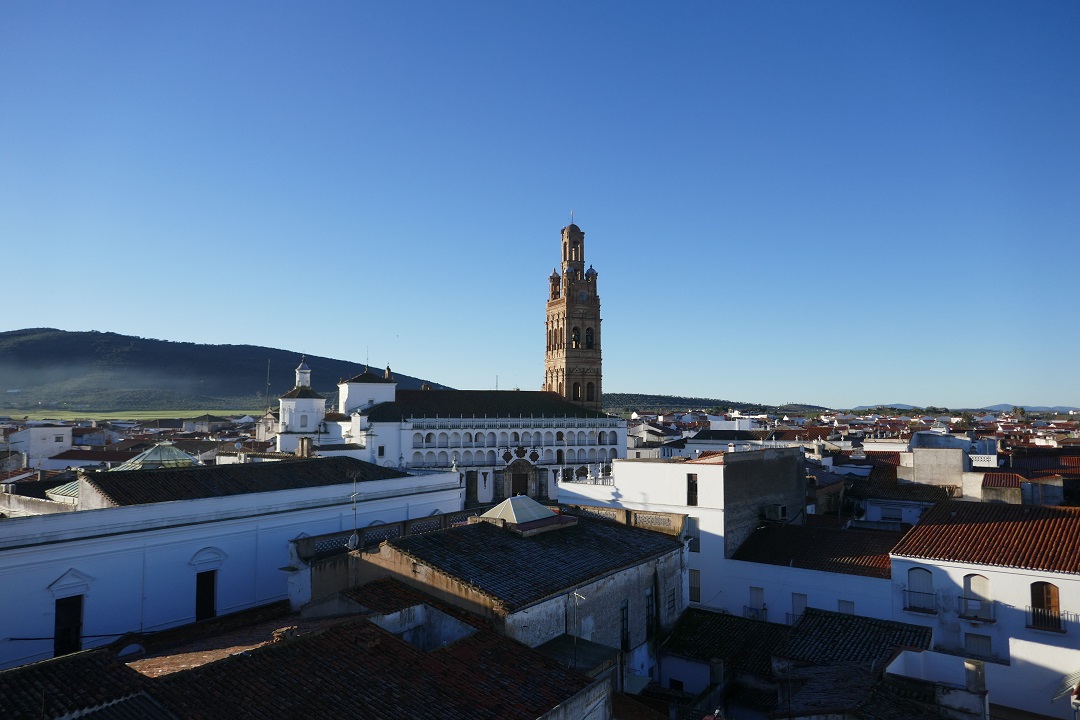
This post contains affiliate links. If you click through and make a purchase, it will generate a small commission for me, at no extra cost for you. Read the full disclosure for more details.
Table of contents
- 1 Five historical facts about Llerena:
- 2 How to get to Llerena
- 3 What to see in Llerena
- 4 What to do in Llerena
- 5 Where to eat in Llerena: Restaurante Doña Mariana
- 6 Where to stay in Llerena: Hospedería Mirador de Llerena
- 7 Other things to see near Llerena
- 8 Map of Llerena and surroundings
- 9 When to visit Llerena
Five historical facts about Llerena:
1. Pedro Cieza de León, Spanish conqueror and chronicler of Peru, was born in Llerena. He included detailed descriptions of nature in his works and is considered the first European to describe some animals and plants native to Peru.
2. At the end of the fifteenth century, the Spanish Inquisition established a permanent base in Llerena. With jurisdiction over a large area similar in size to current Extremadura, the notorious tribunal sat in three different places in Llerena until its abolition over three hundred years later.
3. Llerena became an important town under the military-religious Order of Santiago and in 1641 was awarded city status for its services to the Crown.
4. Baroque painter Francisco de Zurbarán, known for his naturalism and for his chiaroscuro technique, lived and worked in Llerena before relocating to Seville, where he developed his professional career.
5. In 1979, several thousand mummified bodies were found in the walled-up tower of a local church. Several hypotheses (and numerous myths) about what happened include collective immurements, victims of the Inquisition, a mortuary, and epidemics, but to this date no clear well-founded explanation has been established.
How to get to Llerena
You can get to Llerena by coach, train, and car.
Getting to Llerena by coach
Company Alsa has (slow) services to Llerena from destinations such as Zafra, Badajoz, Cáceres and Plasencia. Tickets can be purchased online.
Coach journey duration to Llerena:
From Zafra: 1h 15min
From Badajoz: 2h 25min
From Cáceres: 4h 10min
From Plasencia: 5h 30min
Company Damas serves Llerena only from small destinations in Badajoz province such as Fregenal de la Sierra and Fuentes de León. Times and prices can be checked on Interbus’s website, but tickets must be purchased on the coach.
Coach journey duration to Llerena:
From Fregenal de la Sierra: 2h 10min
From Fuentes de León: 1h 50min
Llerena Bus Station is located in Paseo de Cieza de León 30, about 7 minutes away on foot from the main square.
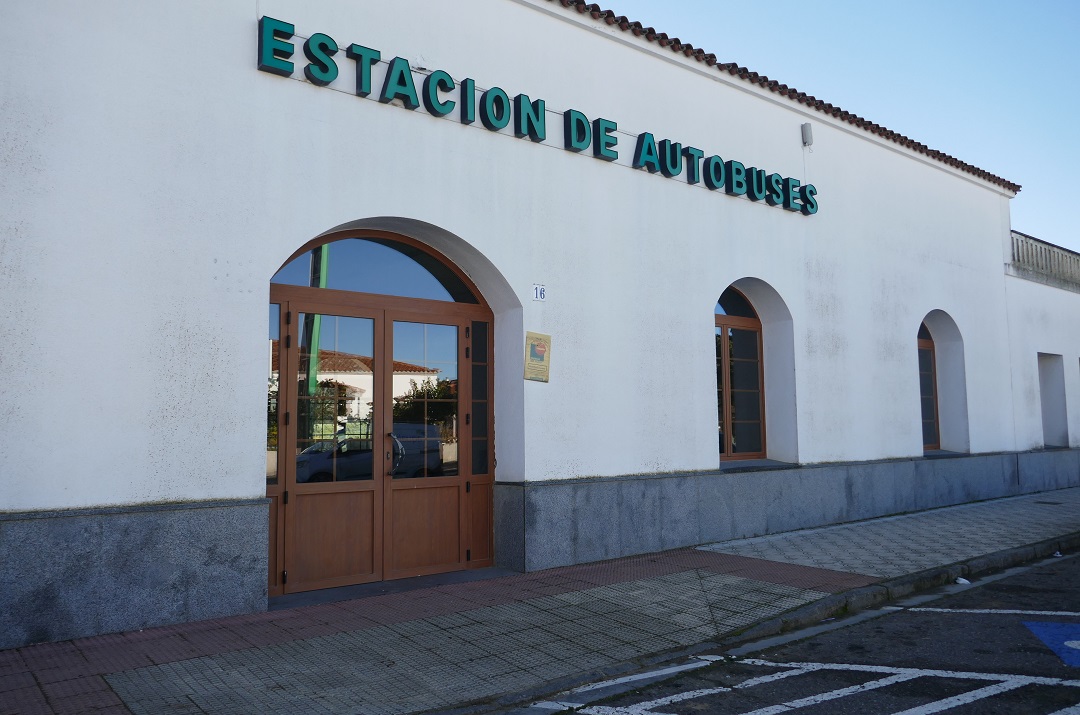
Recommended read: A guide to travelling Extremadura by coach
Getting to Llerena by train
You can get to Llerena by train from destinations such as Zafra, Mérida, Cáceres and Seville.
Train journey durations to Llerena:
From Zafra: 24min (Media Distancia service), 25min (Regional Exprés service)
From Mérida: 1h 13min (Media Distancia service), 1h 16min (Regional Exprés service)
From Cáceres: 2h 1min (Media Distancia service), 2h 19min (Regional Exprés service)
From Seville: 2h 6min (Media Distancia service), 2h 15min (Regional Exprés service)
Llerena Train Station is located in Barriada Estación, 2, about eight minutes away on foot from the main square.
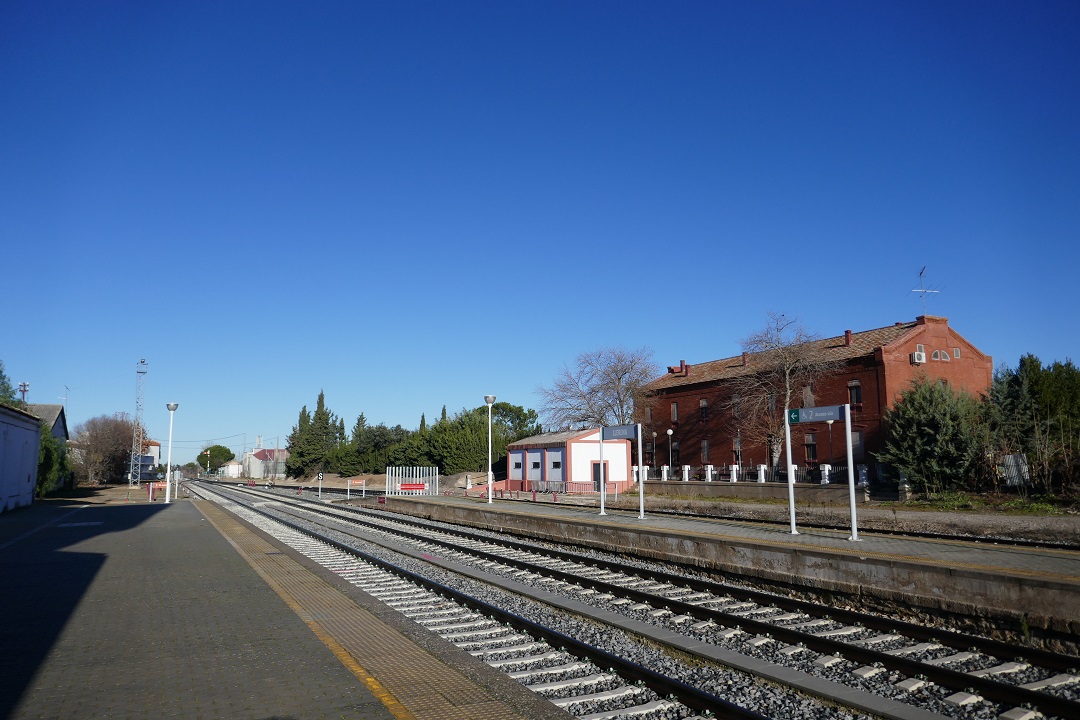
Getting to Llerena by car
The A-66/E-803 road (Autovía Ruta de la Plata) running through Extremadura from north to south is a good general point of reference.
If you’re driving south from Mérida, Cáceres or further north on the A-66/E-803 road, get off at exit 684 towards Córdoba (N-432), following first the signs for Córdoba and then the signs for Llerena.
If you’re driving north from Seville on the A-66/E-803 road, get off at exit 722 towards Llerena (EX-103) and keep following the signs for Llerena.
If you’re coming from Badajoz, drive on the N-432 road Córdoba-bound past Zafra, following first the signs for Córdoba and then the signs for Llerena.
Typical car journey duration to Llerena:
From Zafra: 35min
From Mérida: 1h 8min
From Seville: 1h 27min
From Badajoz: 1h 30min
From Cáceres: 1h 50min
Parking in Llerena: it’s easy to find free on-site parking in Llerena. Avoid the surroundings of the main square (full of narrow one-way streets) and leave the car in a wide road such as Calle Arrabal de Tejeiro or Paseo Cieza de León. You’ll be less than ten minutes away on foot from the main square and you’ll find it easy to get in and out of Llerena. The bus station (Estación de Autobuses) is also a convenient place to park your car for free.
What to see in Llerena
Conjunto amurallado
Llerena’s walls were built in the 14th century and gave access to the town through four gates. One of the best-preserved sections of the walls can be seen in Paseo de Cieza de León, to the southwest of Llerena. Outside the walls there is an open area with a fountain in the centre and a few rows of seats. There’s also a statue of Llerena-born conquistador and historian Pedro Cieza de León.
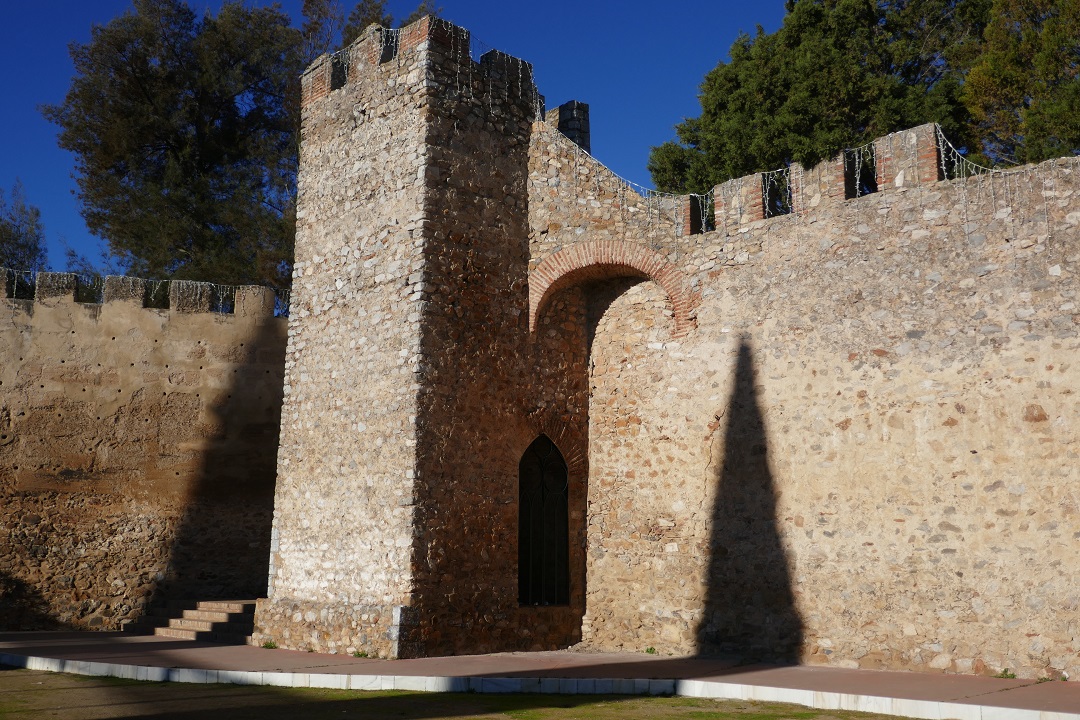
Location: Paseo de Cieza de León
Plaza de España
This large porticoed Plaza de España is, in my opinion, one of the most beautiful squares in Extremadura. Its current multi-style look reflects the many different uses that the square has had over the centuries hosting from a weekly market to bullfights, religious processions, public executions by the Spanish Inquisition, and more joyful events such as fairs.
Main highlights in Plaza de España include:
• Iglesia Nuestra Señora de la Granada. This imposing church dominating the square was built in a mix of Mudéjar, Gothic, Renaissance, Baroque and Rococo styles. The unique two-level Mudéjar gallery served as a box-seating area for spectators attending public events taking place in the square. Inside the tower of this church is where the above-mentioned mummified bodies were discovered. A statue of painter Francisco de Zurbarán can be seen just outside the church.
• A large porticoed gallery on the northwestern side of the square, opposite the church. Formerly housing shops, the ground-floor commercial units are now coffee shops/bars.
• Palacio Consistorial, a large white Classic building located on the eastern side of the square and home to the town hall (Ayuntamiento). Fun fact: the original, more humble building housed the town hall on the upper floor and a butcher’s on the ground floor.
• A hexagonal seventeenth-century water fountain, designed by Francisco de Zurbarán. He is said to have resided temporarily in a house within the porticoed area in front of the fountain.
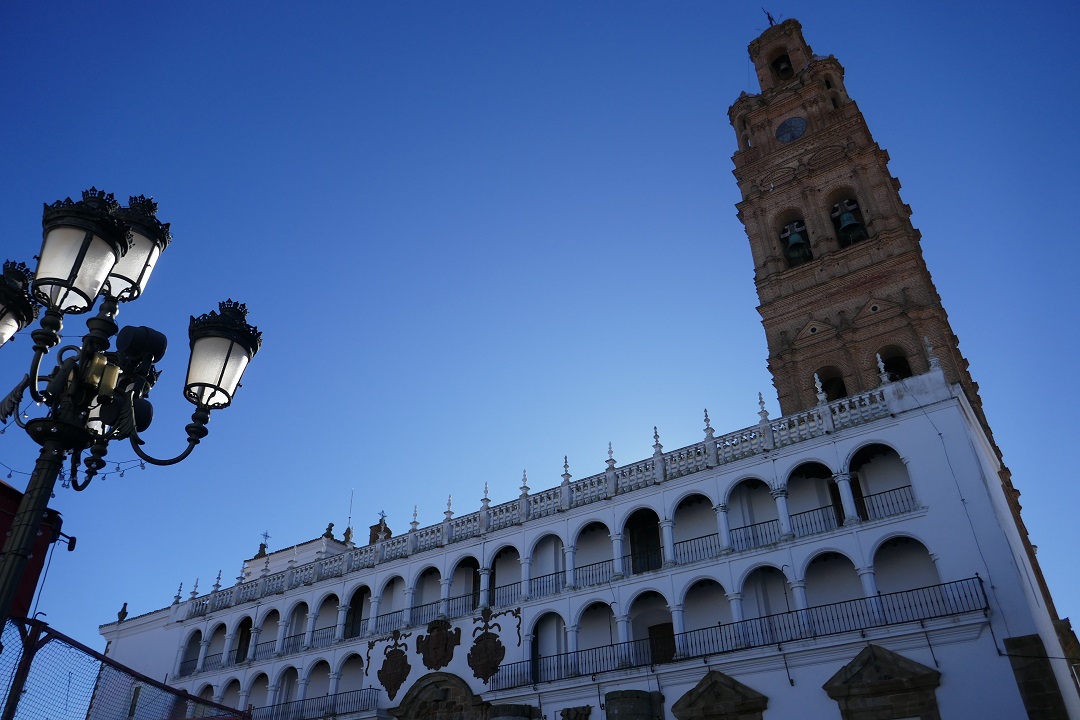
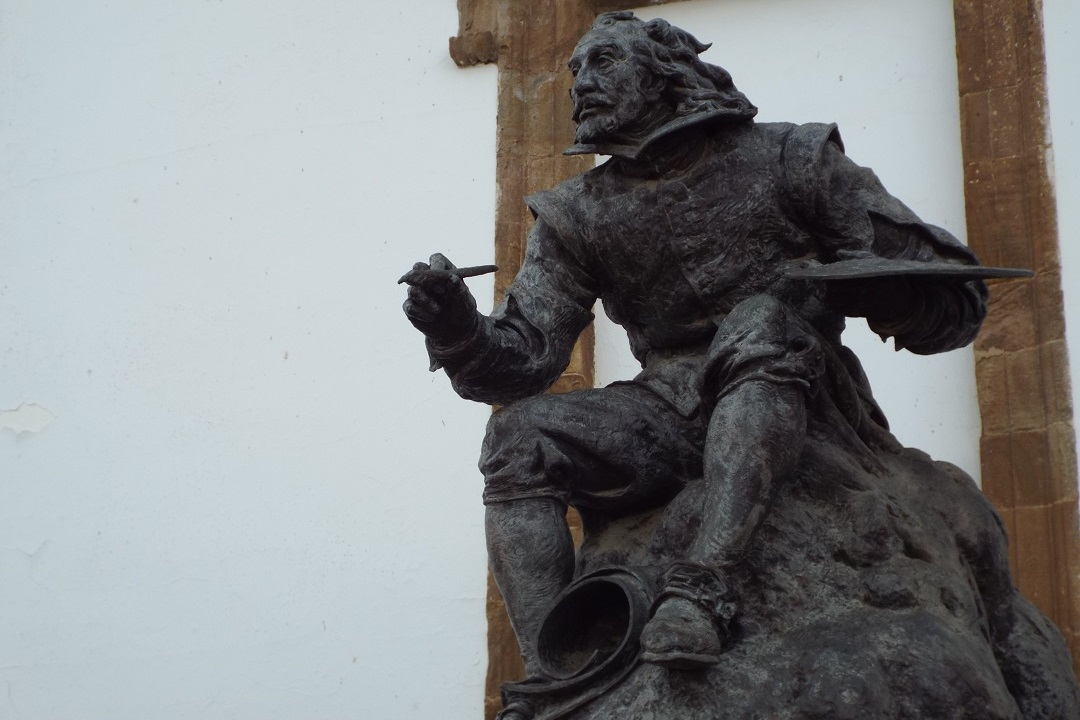
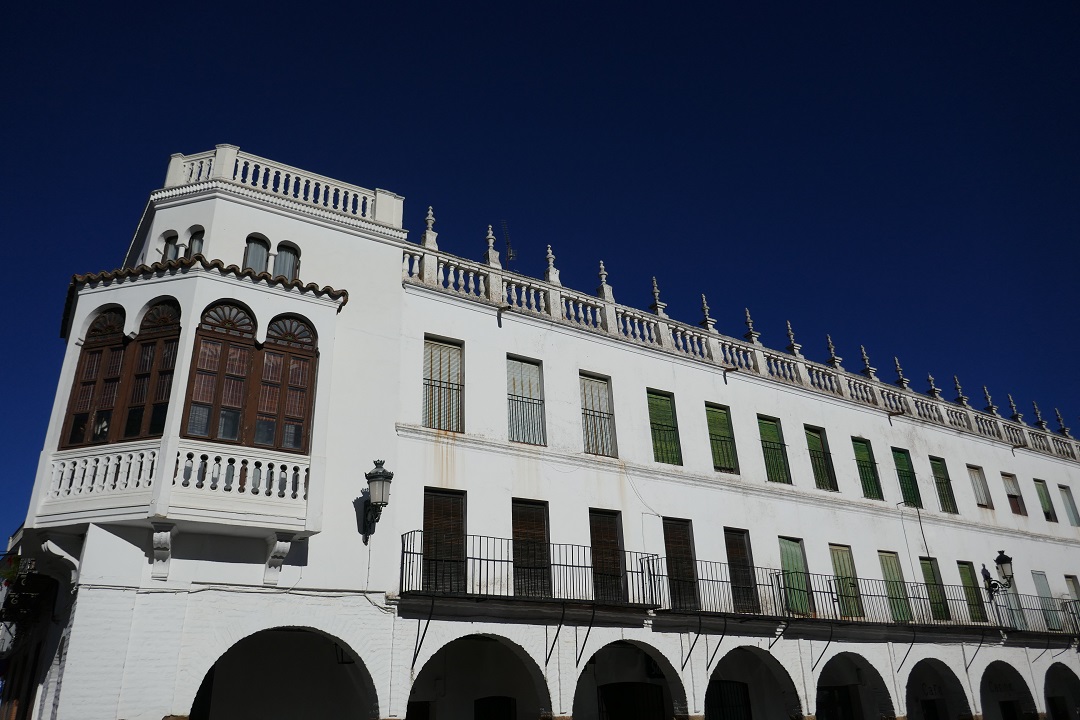

Location: Plaza de España
Casa Maestral
Built in the fourteenth century as a private residence, Casa Maestral served as the headquarters of the Spanish Inquisition in Llerena from 1515 to 1576. Refurbished in 2009, it’s now home to several provincial and local authorities’ offices and a local craftsmanship promotion centre and shop. Free entry to its Mudéjar-style courtyard.
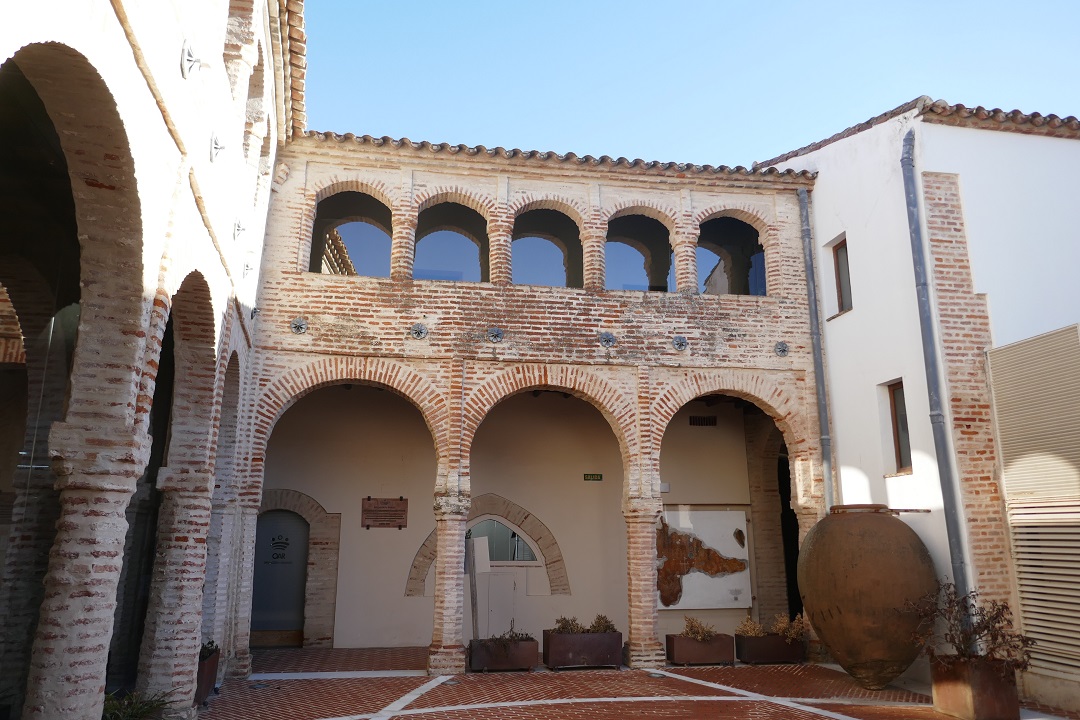
Location: Calle Cárcel, 11
Biblioteca Municipal Arturo Gazul
This peculiar public library is located in an eighteenth-century church that belonged to the former religious hospital next door. Framed by a beautiful brick portal, the huge front church doors lead to a bright, well-designed space preserving the architectural details of the former church. Modern wooden spiral stairs highlight towering bookshelves resembling former altarpieces.
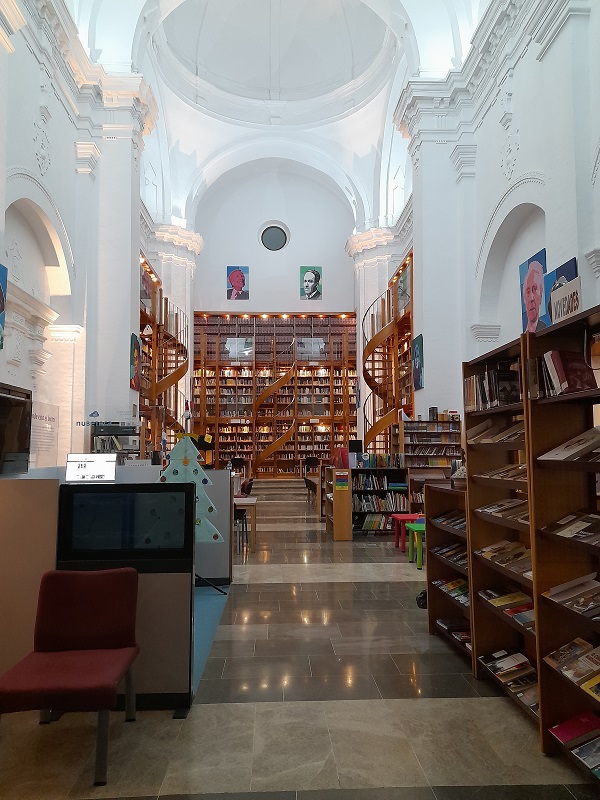
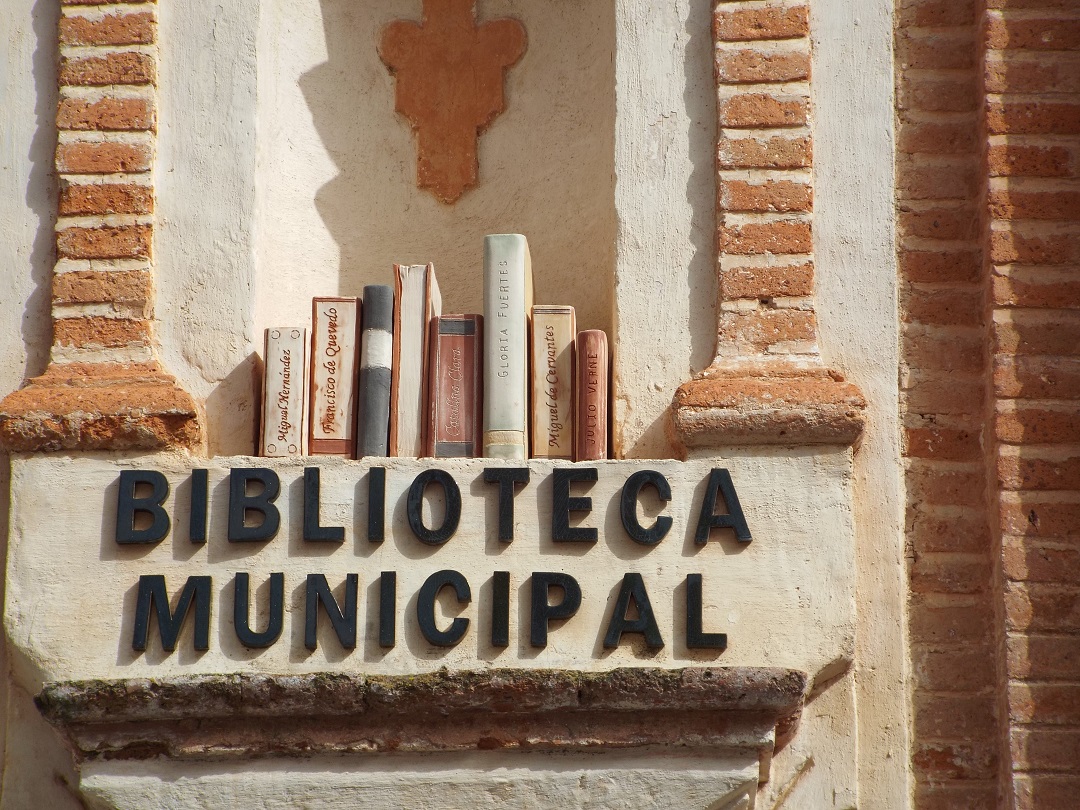
Location: Calle Santiago, 42
Tourist Information Centre (Oficina de Turismo)
Location: Calle Aurora, 2
Opening times: Mondays from 10am to 2pm, Tuesday-Saturday from 10am to 2pm and from 5pm to 7pm. Closed on Sundays.
Contact details: (phone) +34 924 87 05 51; (email) [email protected]. Contact them ahead of your trip to Llerena to confirm if there are any last-minute changes to the general opening times above or you have any questions.
Complejo Cultural La Merced
This cultural centre comprises two separate and completely different buildings – a sixteenth-century house-palace and former tax collection office, and an eighteenth-century church-convent. The whitewashed high-vaulted interior of the church-convent (Convento e Iglesia de la Merced) makes for a perfect cultural venue; the exterior, while classically restrained style-wise, has some interesting decorative details and coats of arms above its doors.
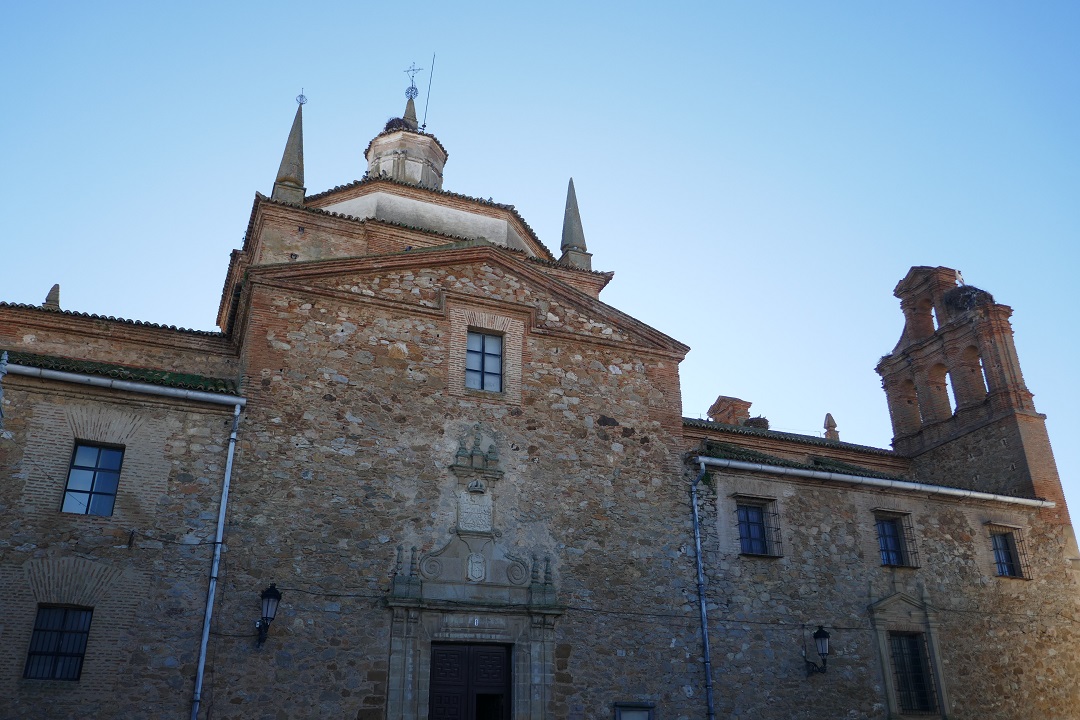
Location: Calle Bodegones, 23 (the main entry to Convento e Iglesia de la Merced is via Plazuela de los Ajos)
Palacio de los Zapata
This sixteenth-century palace belonged to a high-profile local nobleman before it served as the last headquarters that the Spanish Inquisition had in Llerena. Displaying a pretty double arcade, today this building is home to the local civil trial and criminal investigation court.
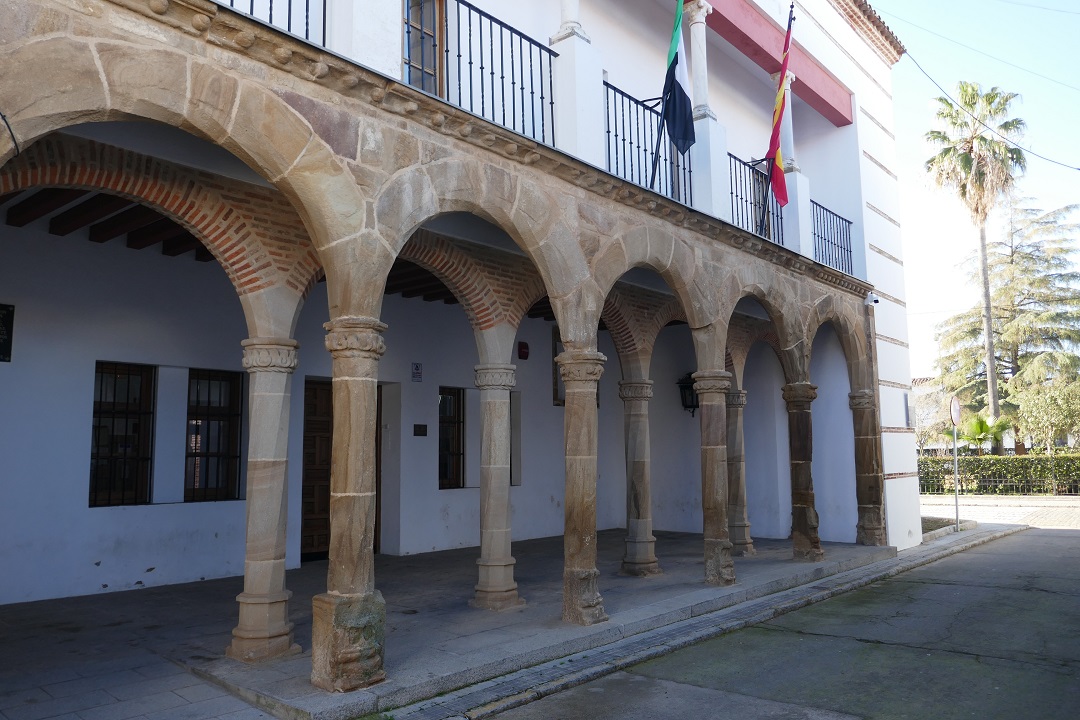
Location: Calle Luis Zapata de Chaves, 1
What to do in Llerena
Look for the gates
From the four original city gates, two have survived to this date and have been restored – Puerta de Montemolín (in Plaza del Peso) and Puerta de Villagarcía (in Calle Ávalos). Moreover, remains of Puerta de Reina can also be seen in Calle Corredera, on both sides of the street.
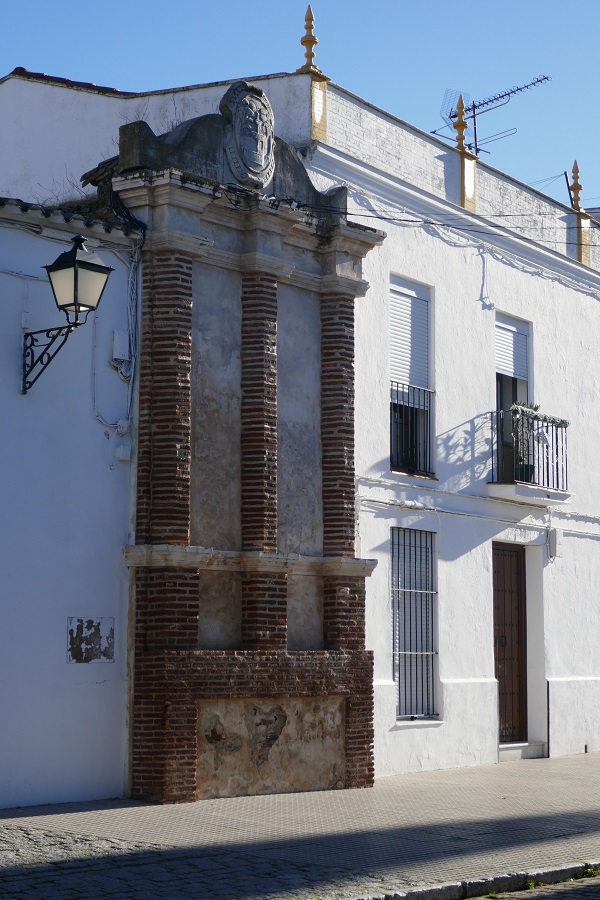
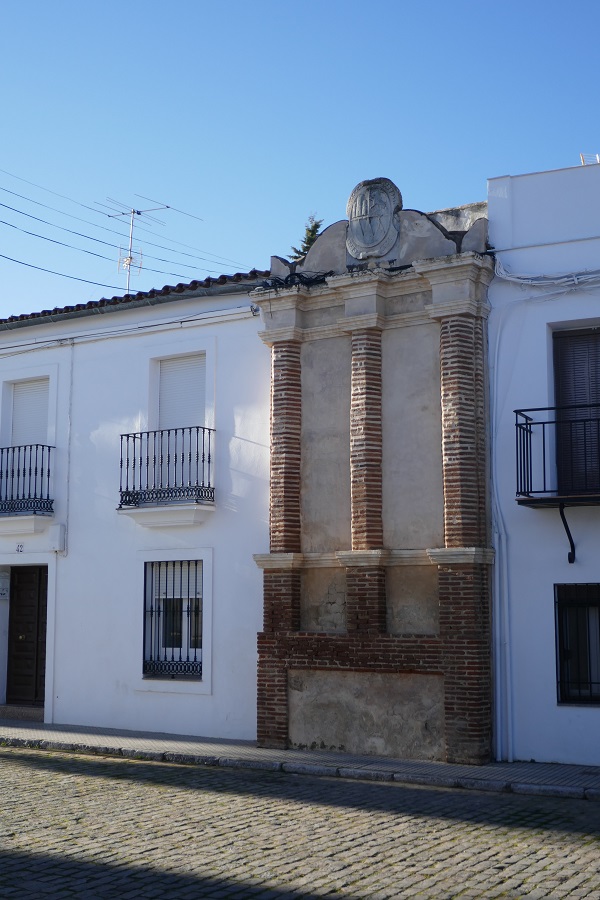
Look for Múdejar-style houses
Apart from Casa Maestral, you’ll find more Mudéjar-style houses scattered around town. Look out for these details to spot them: exposed brick facades, surround-framed arches, and windows with colonettes.
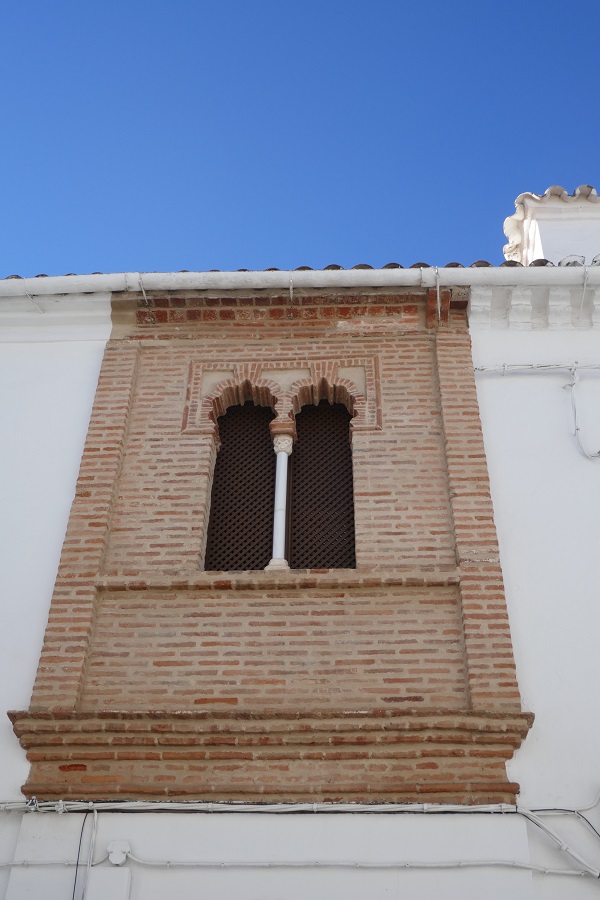
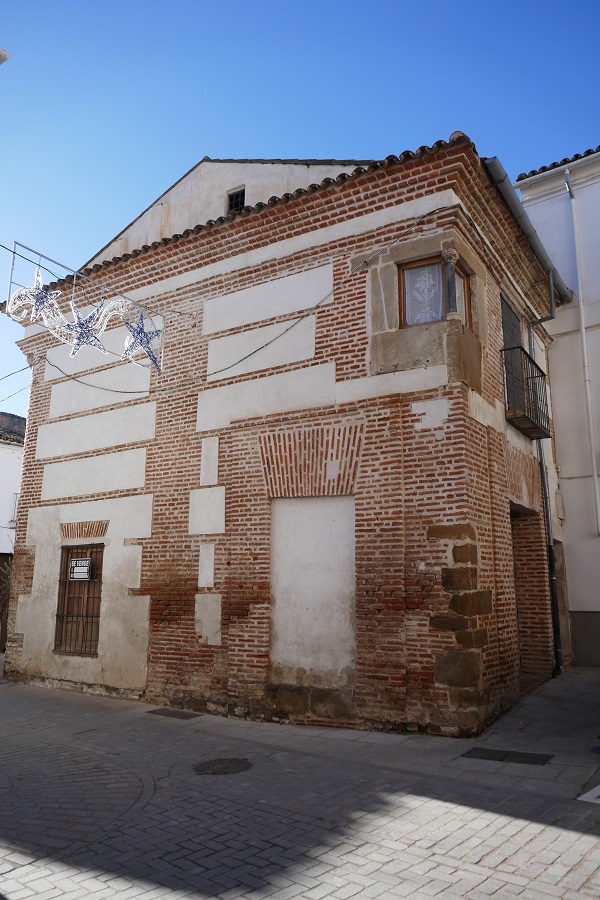
Keep tracing Llerena’s religious past
Due to its historical relevance throughout the centuries, Llerena is particularly rich in religious buildings. If you’re interested in religious history, you may want to keep tracing Llerena’s religious past through these other buildings:
Convento e Iglesia de Santa Clara (Calle Corredera, 19, 21). Founded in the sixteenth century, this is the only convent in Llerena that still operates as a convent.
Hospital de San Juan de Dios (Calle Santiago, 44). This seventeenth-century religious hospital was built before the adjacent church-turned public library. It’s now a local social accommodation and adult day care facility.
Ermita Hospital de Santa Catalina (Plaza Donantes de Sangre). Originally a synagogue, this building was turned into a religious (Catholic) hospital in the sixteenth century. Today, it’s a local employment centre. Walk around it along Calle Santa Catalina to see the old hospital sign on the wall.
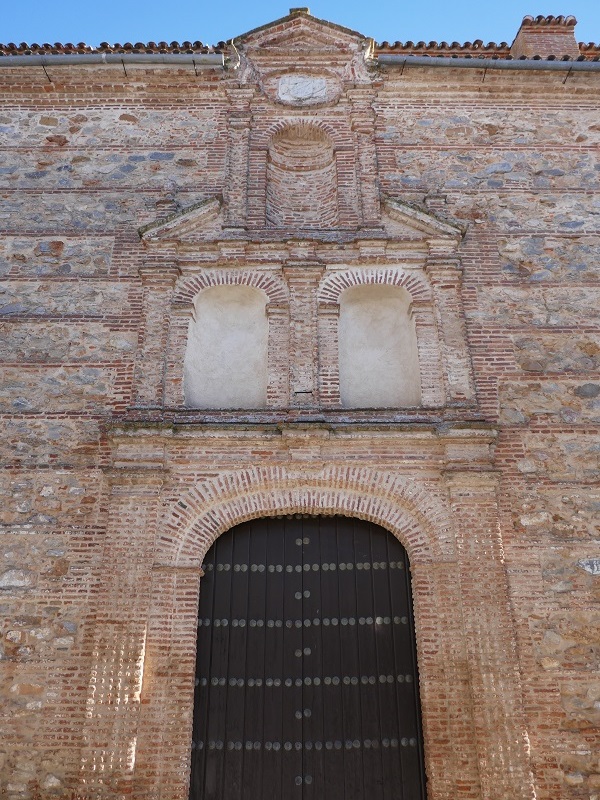
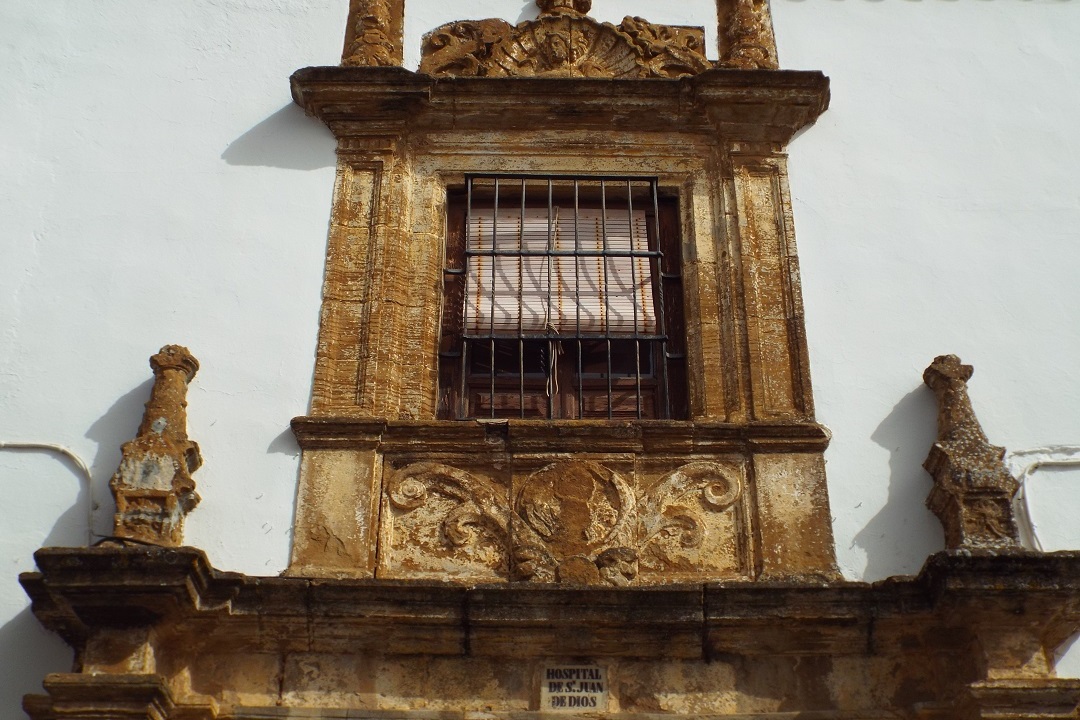
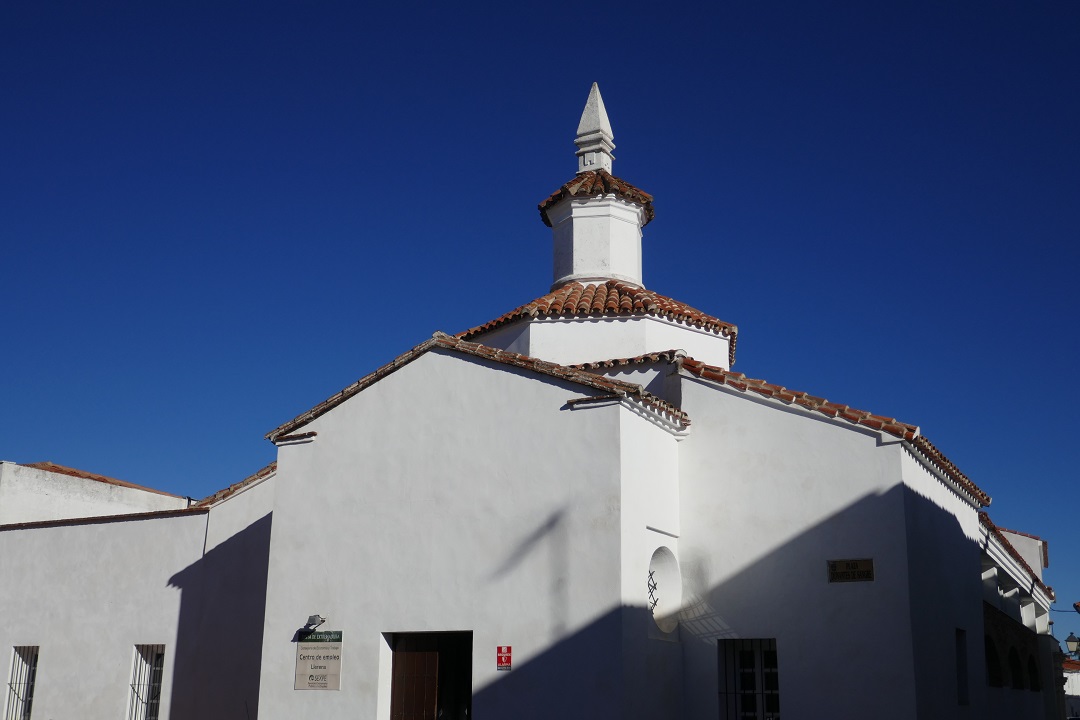
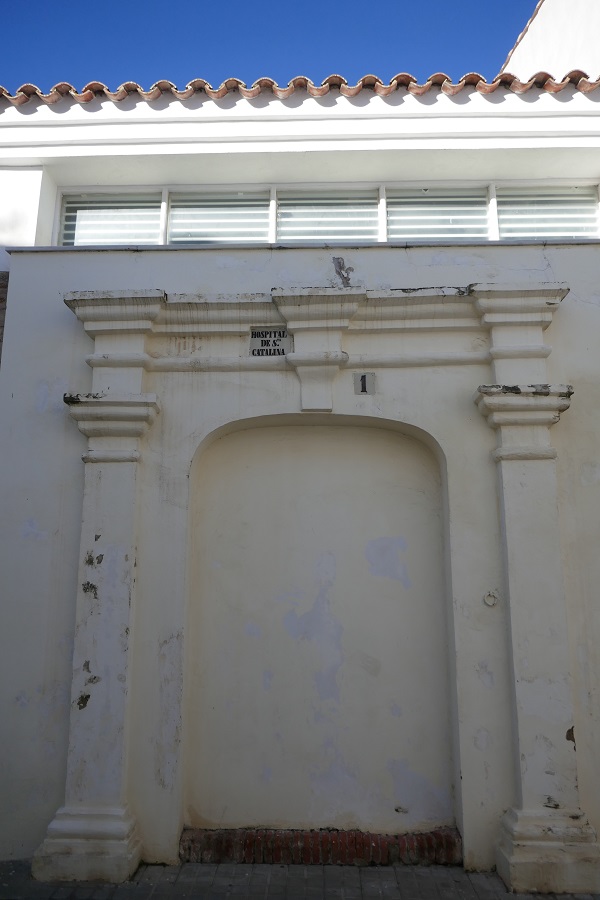
Buy some chocolate to go
Chocolate Moro is the first bean-to-bar craft chocolate maker in Extremadura. It’s a fantastic local little business selling small batch chocolate bars and other chocolate products made from sustainable single-origin cocoa using artisanal methods.
Fernando, one of the two owners and chocolate makers, chatted to us extensively and passionately explained everything about the products and the chocolate-making process.
I ended up buying four chocolate bars – 50% milk chocolate, 80% acorn-infused chocolate, 75% chocolate with picota cherries from Valle del Jerte, and 72% chocolate with salt and spicy paprika. They make for a great Llerena souvenir or as a gift. You can also buy them online on chocolatemoro.es and have it delivered.
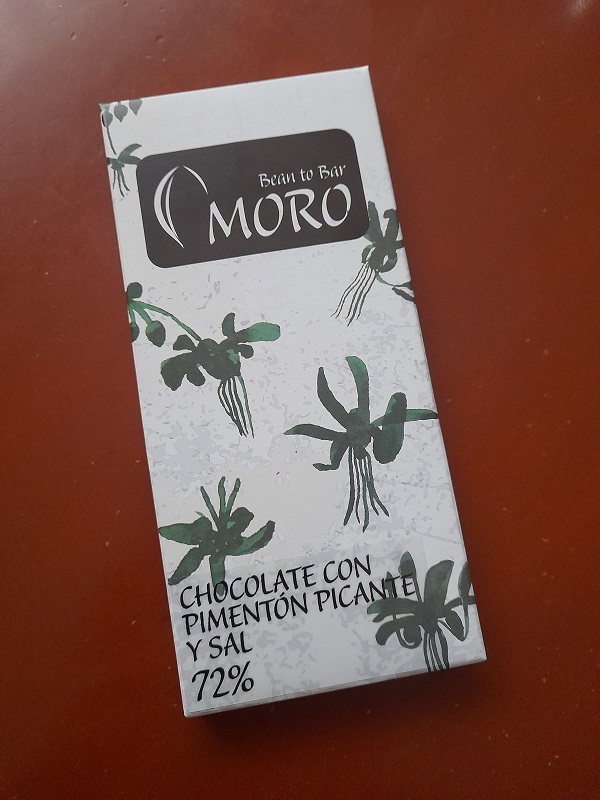
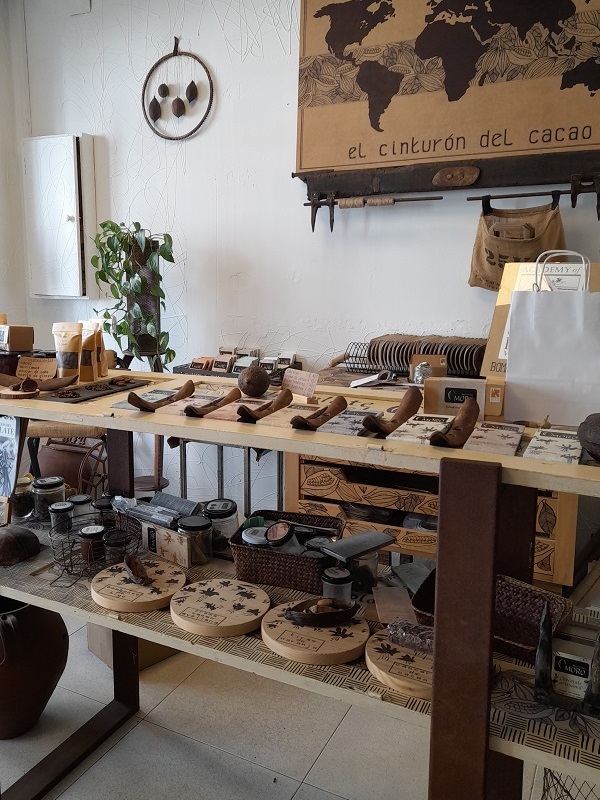
Where to eat in Llerena: Restaurante Doña Mariana
Doña Mariana is the on-site restaurant of the Hospedería Mirador de Llerena. I’ve eaten here on two separate occasions and I’d recommend it, even if you don’t stay at the hotel. I’m generally a big fan of hospederías’ on-site restaurants, because they serve elaborate dishes at very good prices. I tend to go for the €18 three-course set menu (menú del día).
On my last visit, I travelled as a couple and these are the dishes we ordered:
• Spanish-style ratatouille (pisto);
• creamy artichoke soup with prawns and cod fritter;
• Iberian pork tenderloin (solomillo) served with potatoes and bacon;
• fish soup (monkfish, clams, and mussels);
• white chocolate mousse with hazelnuts and pistachio cream; and
• Spanish-style French toast (torrija) served with coffee cream.
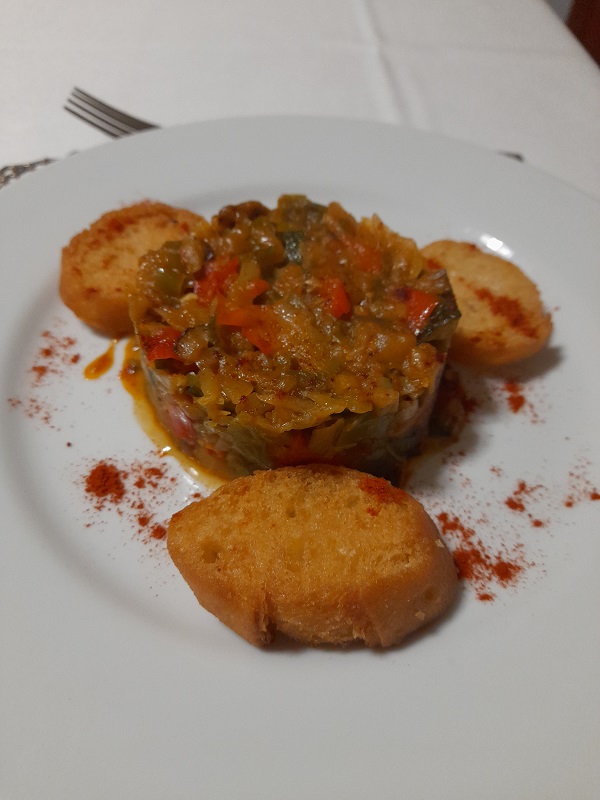

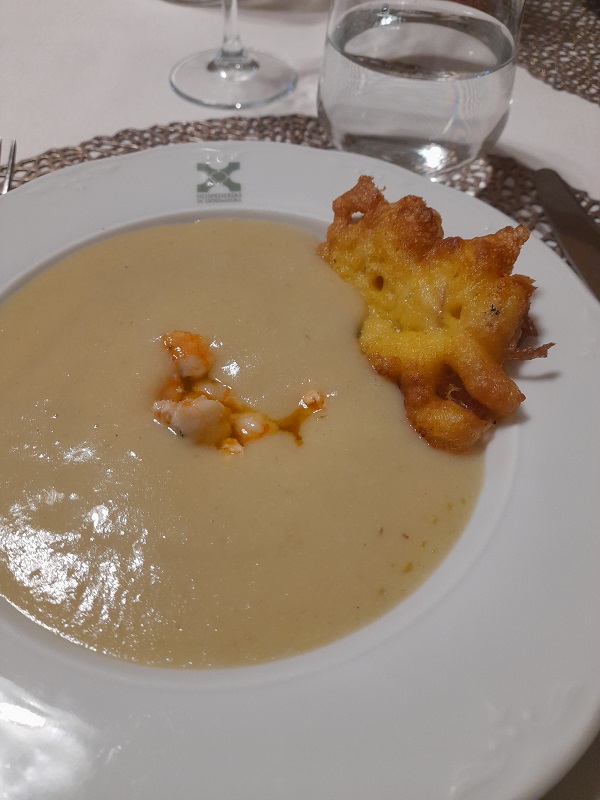


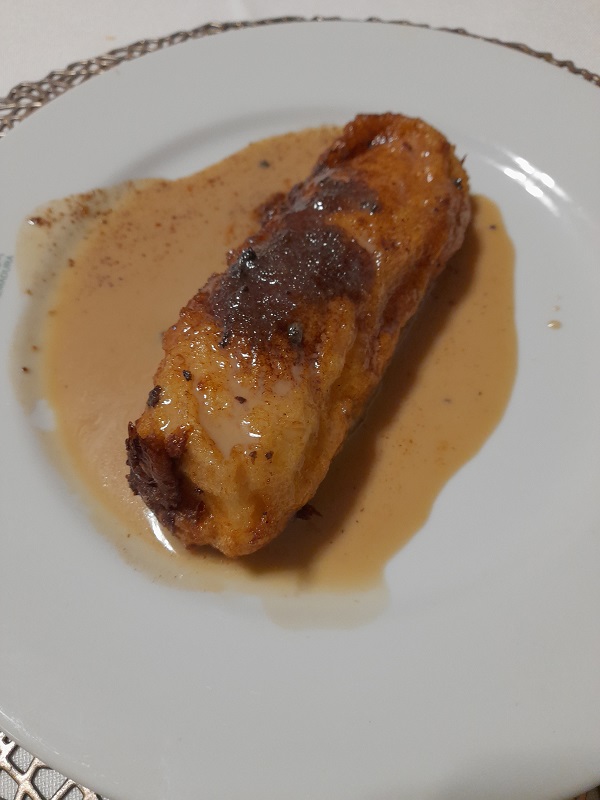
Location: Calle Aurora, 7
Booking is recommended, be it at reception upon arrival or phoning in advance.
Where to stay in Llerena: Hospedería Mirador de Llerena
On my last visit to Llerena I stayed in Hospedería Mirador de Llerena, a four-star hotel located in an elegant nineteenth-century palace just off the main square. Their little rooftop terrace offers splendid panoramic views over the town.
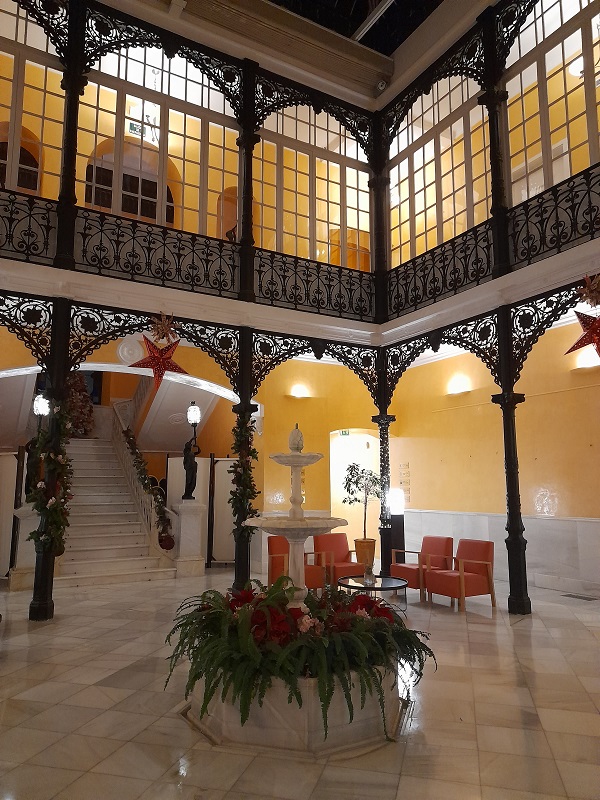
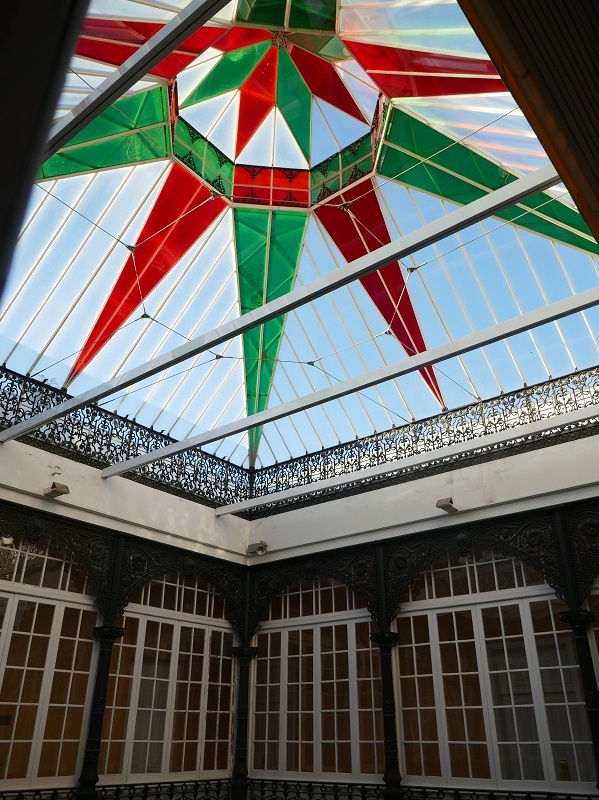
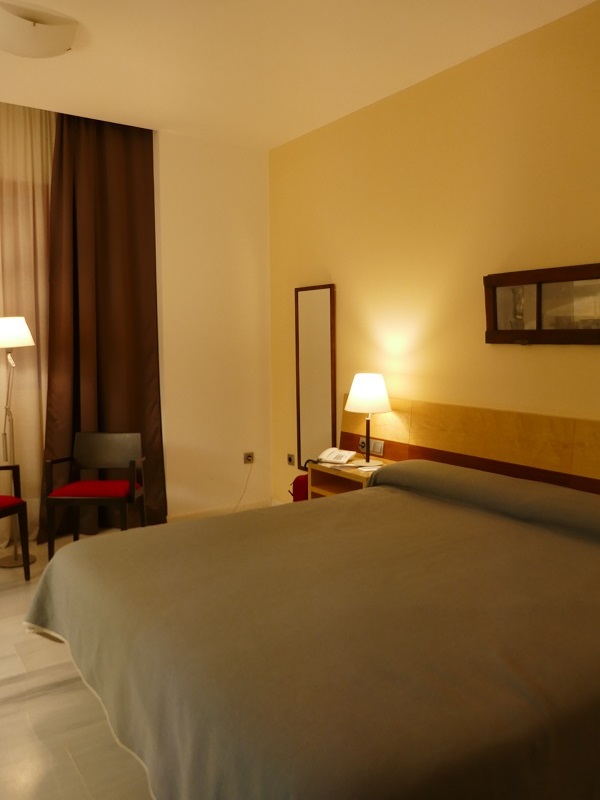
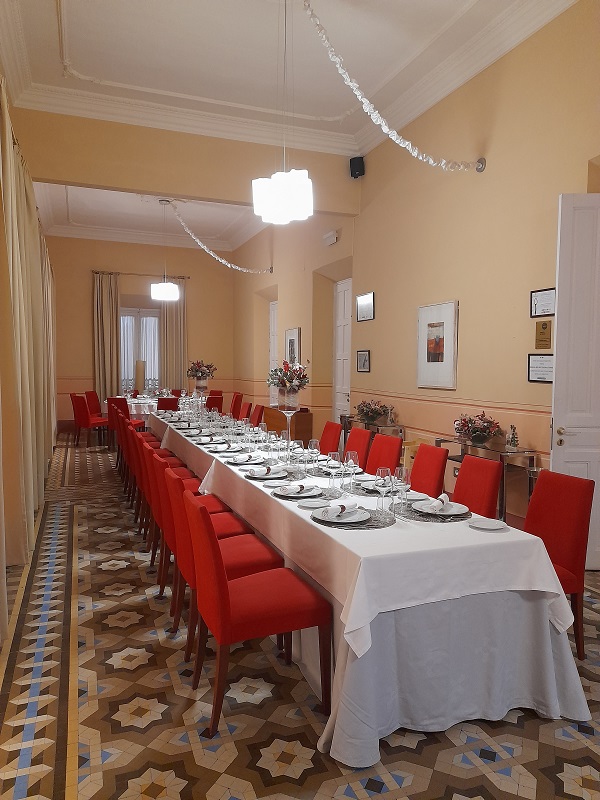
Location: Calle Aurora, 7
Other things to see near Llerena
Visit the former Roman city of Regina Turdulorum
This site is still a work in progress and regular discoveries hint at Regina Turdulorum having been a more important Roman city than initially thought. The remains excavated so far show two main roads, a sewage system, a house with a central courtyard, four temples, a religious building, and a large market. But the main highlight is, undoubtedly, its Roman Theatre, which hosts several plays in summer as part of Mérida’s International Classic Theatre Festival. Free entry.
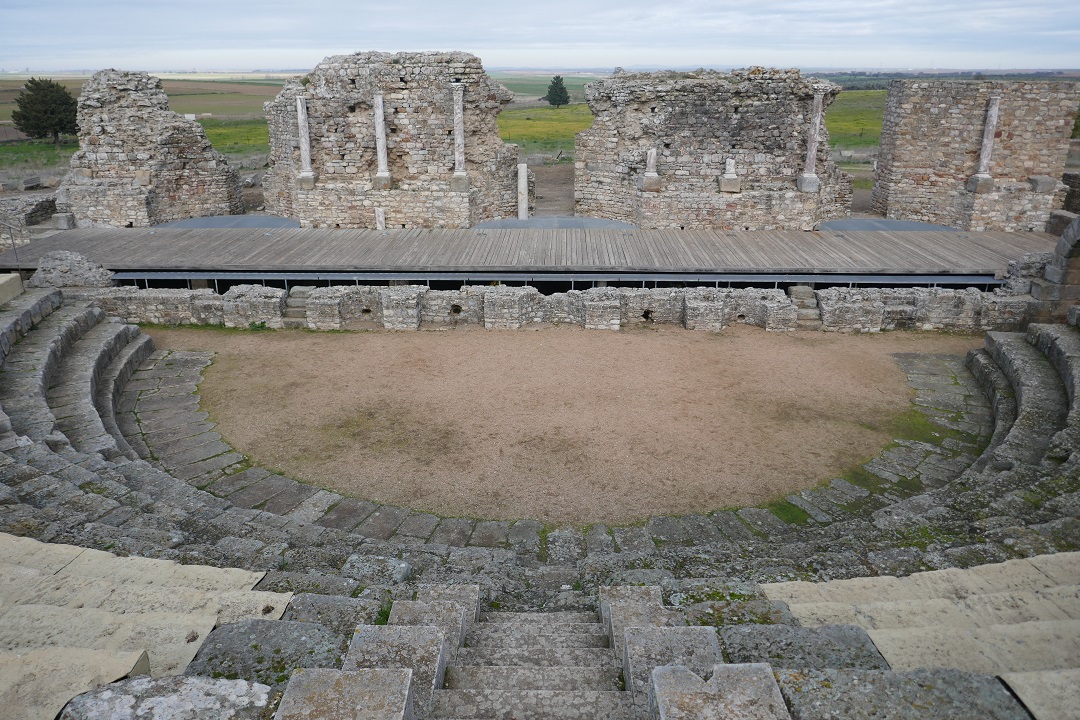
Where: Casas de Reina (8.3km from Llerena).
Coordinates: lat. 38.201414, -long. 5.952930
Opening times: from Tuesday to Sunday from 10am to 5pm (last entry at 4.30pm); open alternate weekends. Always double check the opening times before you visit.
Contact details: (phone) +34 924 00 70 42, (mobile) +34 635 089 627; (emails) [email protected] and [email protected].
Visit Alcazaba de Reina
This twelfth-century Moorish citadel was partly erected using materials from the nearby Roman city of Regina Turdulorum. It was later occupied by the Christians, who built a palace on its northern side and also a chapel. Sitting atop an 825-metre-high hill, Alcazaba de Reina affords amazing views in all four directions. From the citadel you can see the tiny village of Reina to the southeast, Regina Turdulorum and the plains to the north, Casas de Reina and even Llerena to the northwest, and the sierras to the southwest.
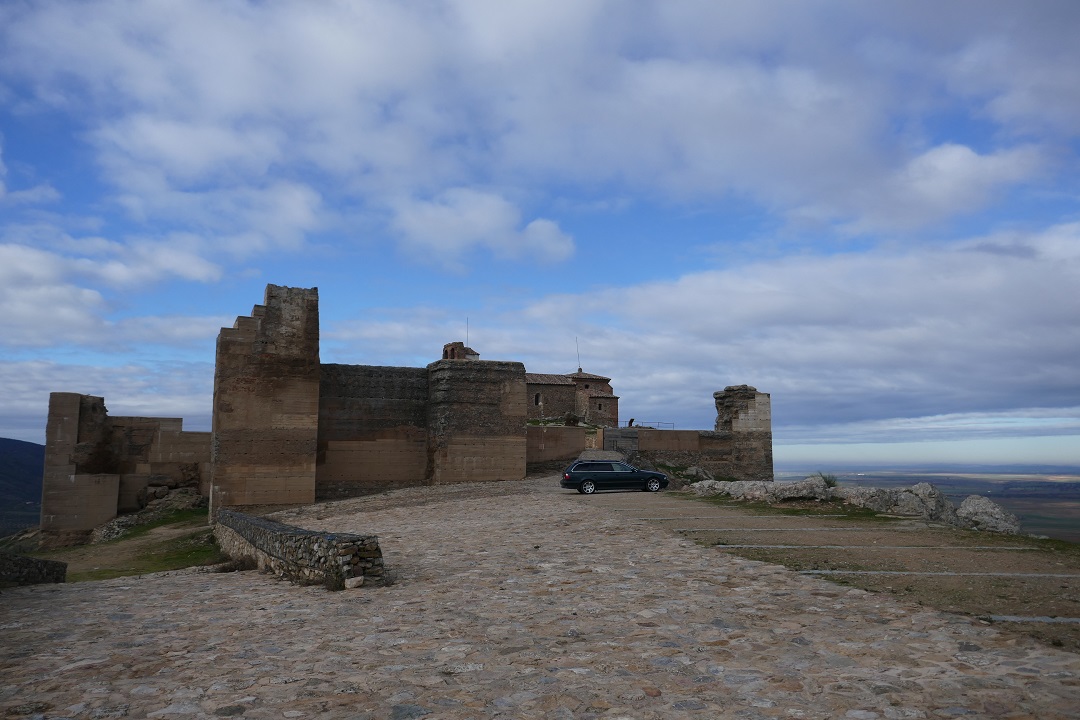
Where: Reina (10.5km from Llerena)
Opening times: open 24/7.
Free entry
Free parking
Map of Llerena and surroundings
Find all the places mentioned in this article on the map below.
When to visit Llerena
Llerena is an all-year destination but, as it happens in most Extremadura destinations, it can get too hot during the summer months to spend the day walking around. Based on that, I would personally avoid travelling in July and August. Other than that, any other time of the year would be good.
I’ve visited Llerena twice (in February and December). The weather was good on both occasions – mild day temperatures, clear blue skies and very sunny.
Other things to see and do in Campiña Sur:
This content is protected by copyright and belongs exclusively to Irene Corchado Resmella. To know exactly what this means, read the 'Copyright' section in the Website terms of use.

Irene Corchado Resmella
Hi! I’m Irene (/ee-REH-neh/). Long since settled in the UK, I explore my Spanish home region of Extremadura with an inquisitive mind, a sharp eye, and the duality that comes with being both a local and a visitor. Then I write about it here to help you discover this beautiful yet overlooked part of Spain. If you have any questions after reading this article, submit a comment below! Read more about me.
